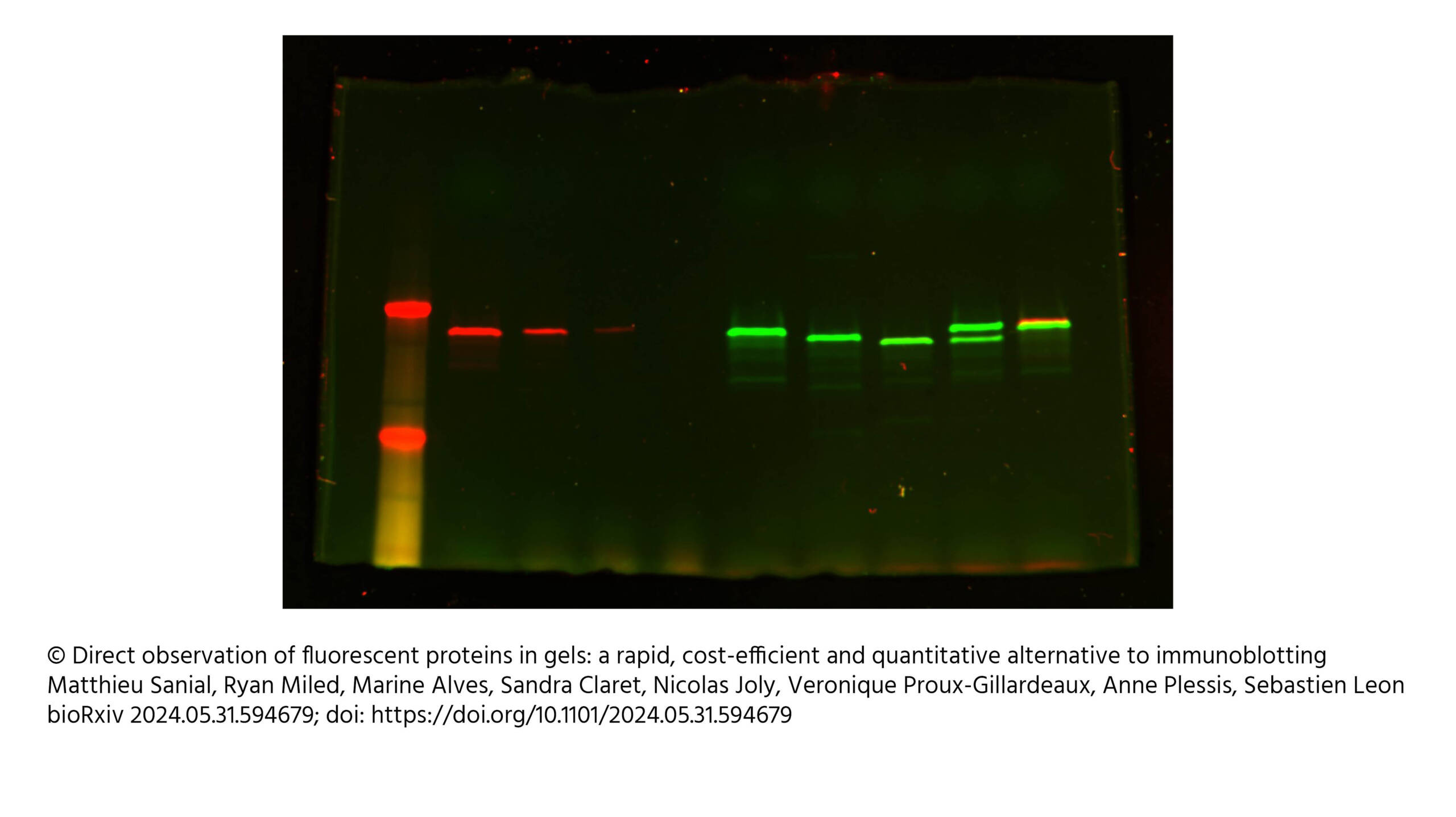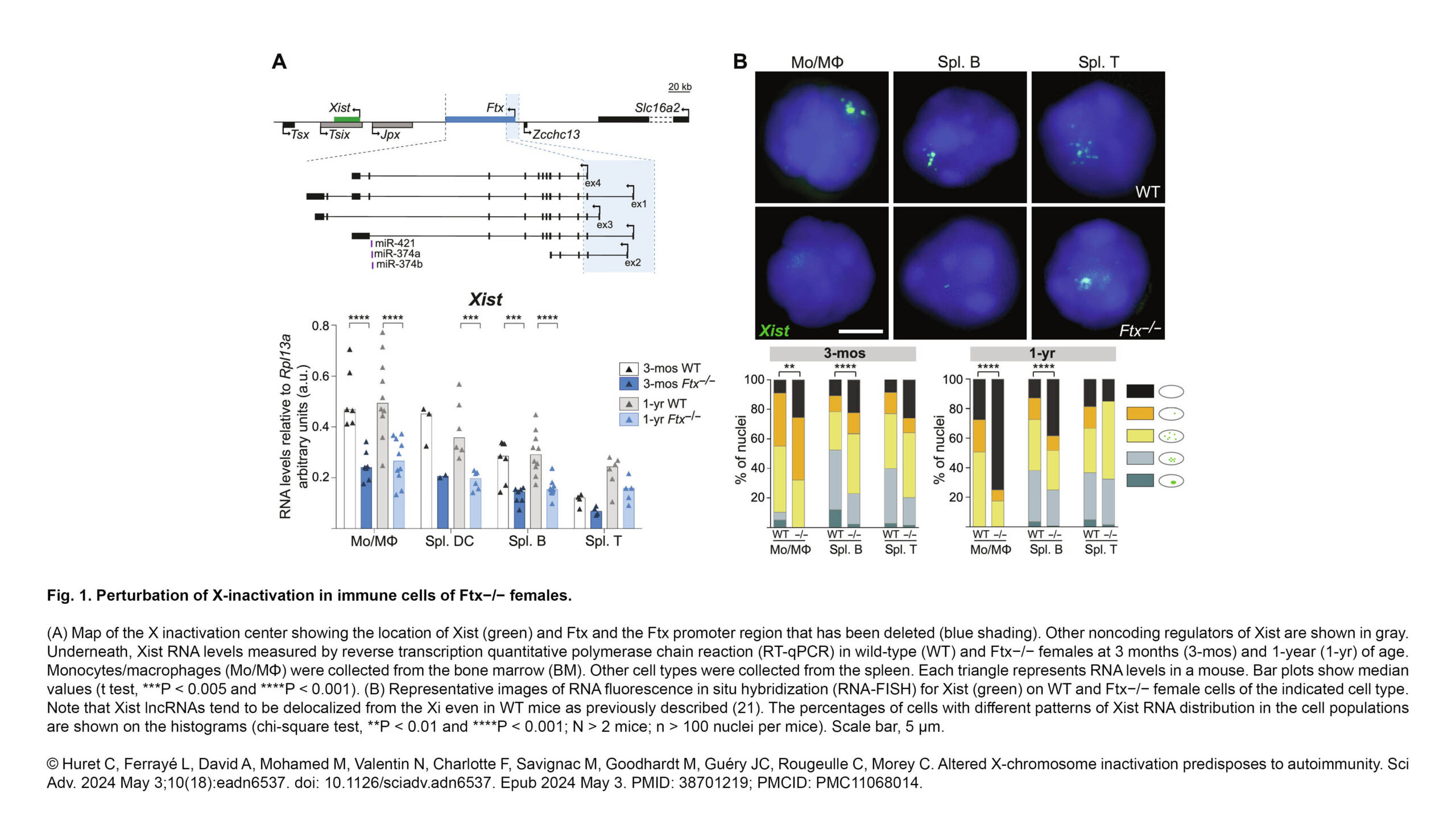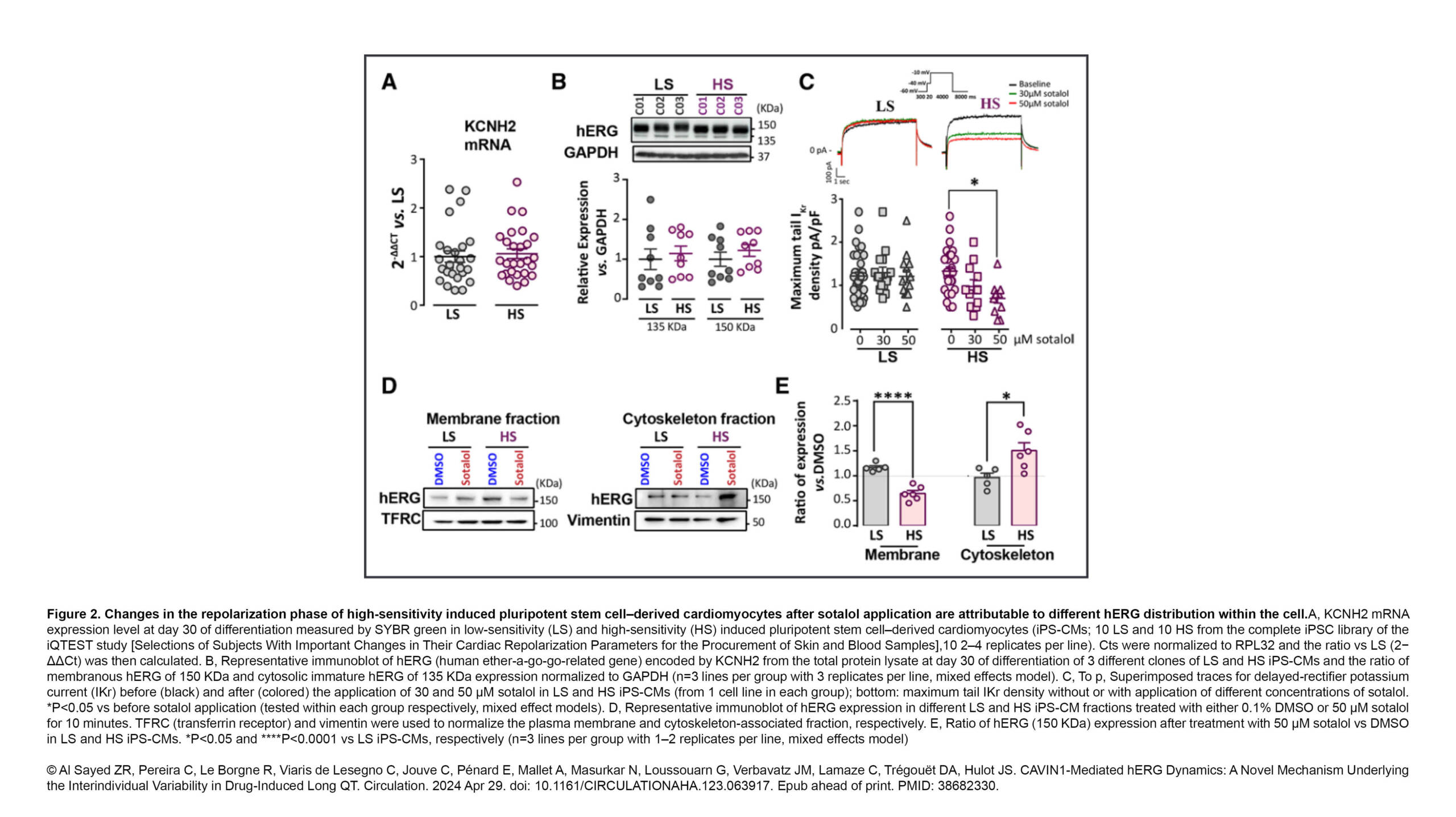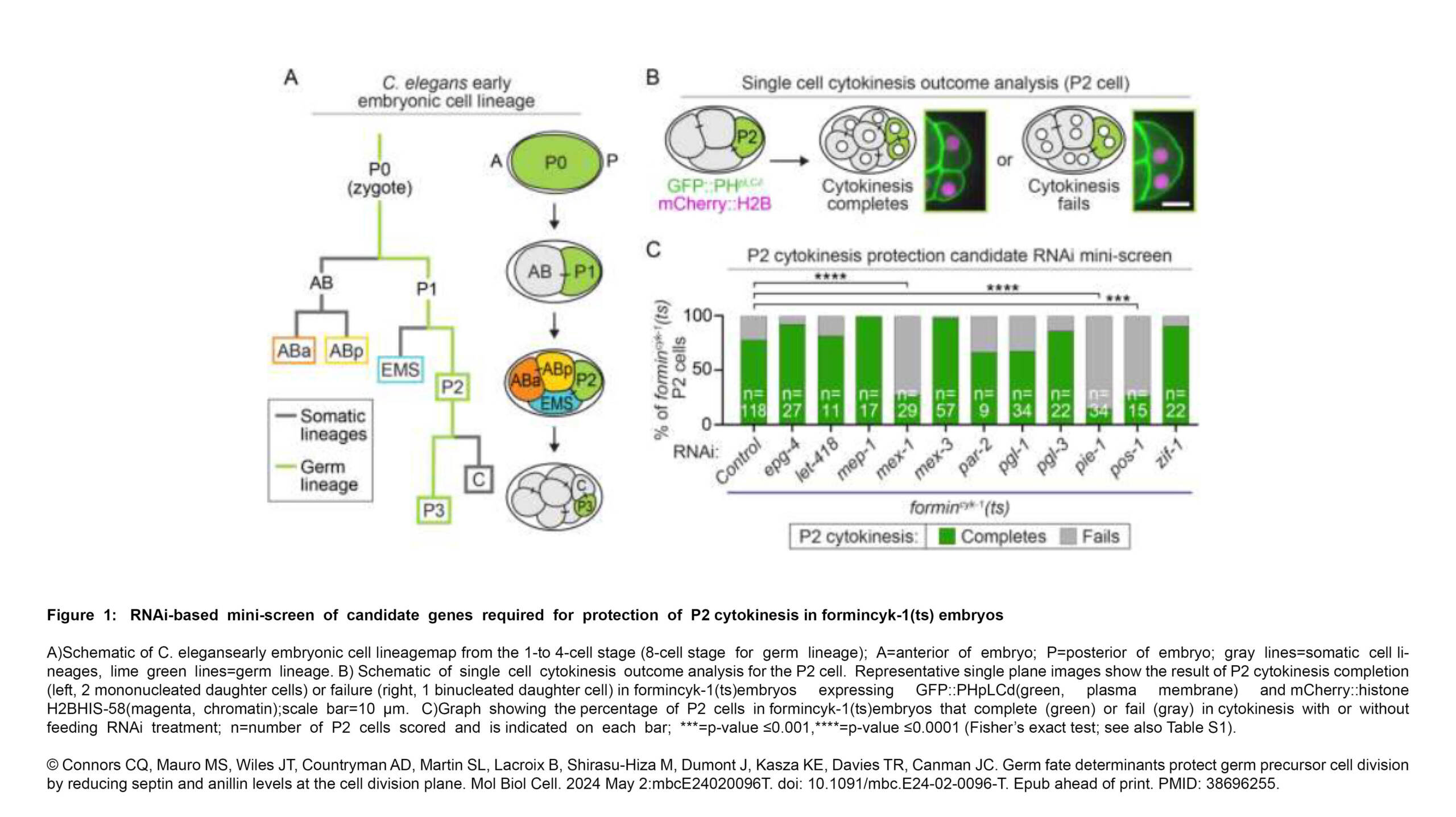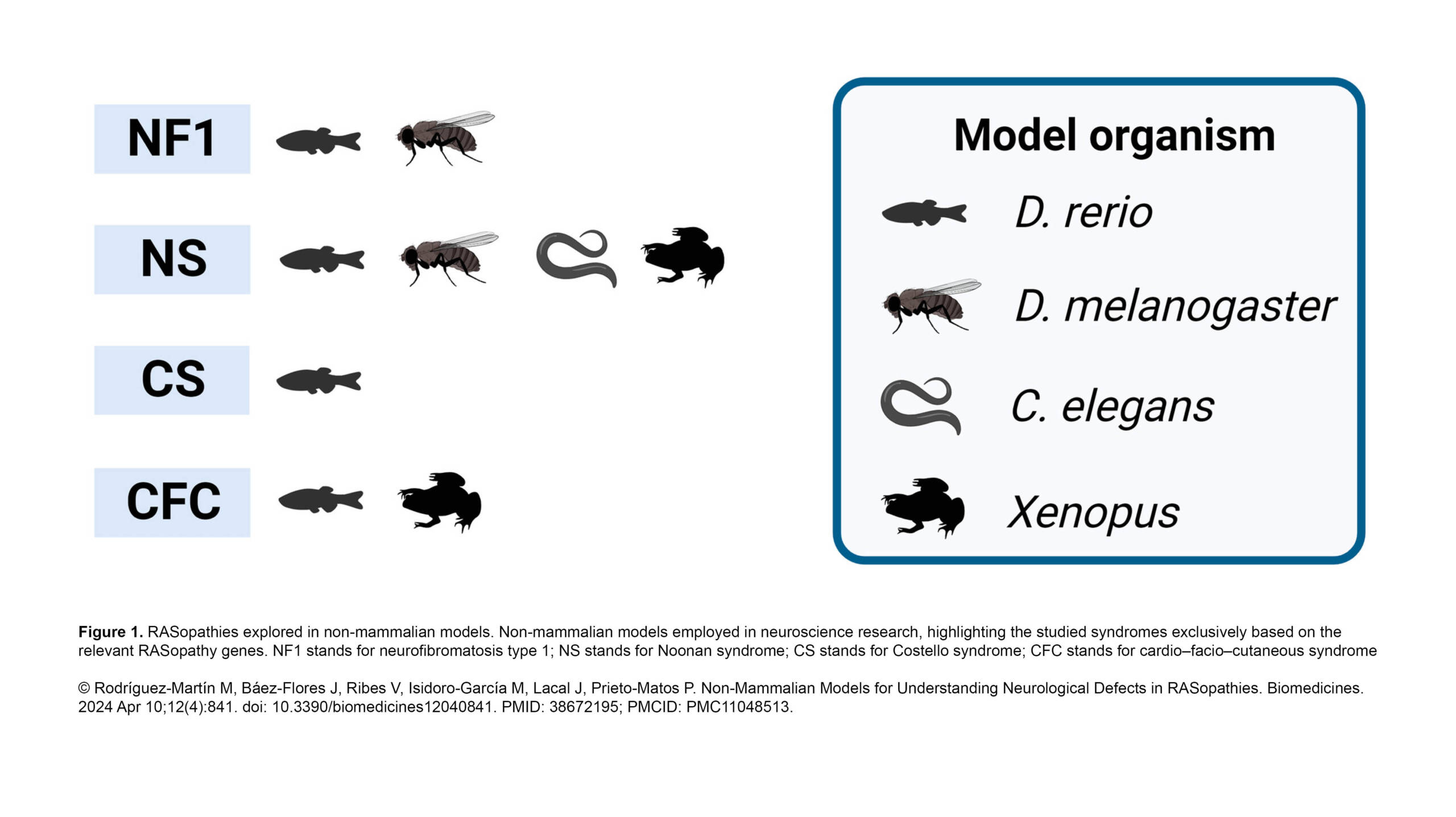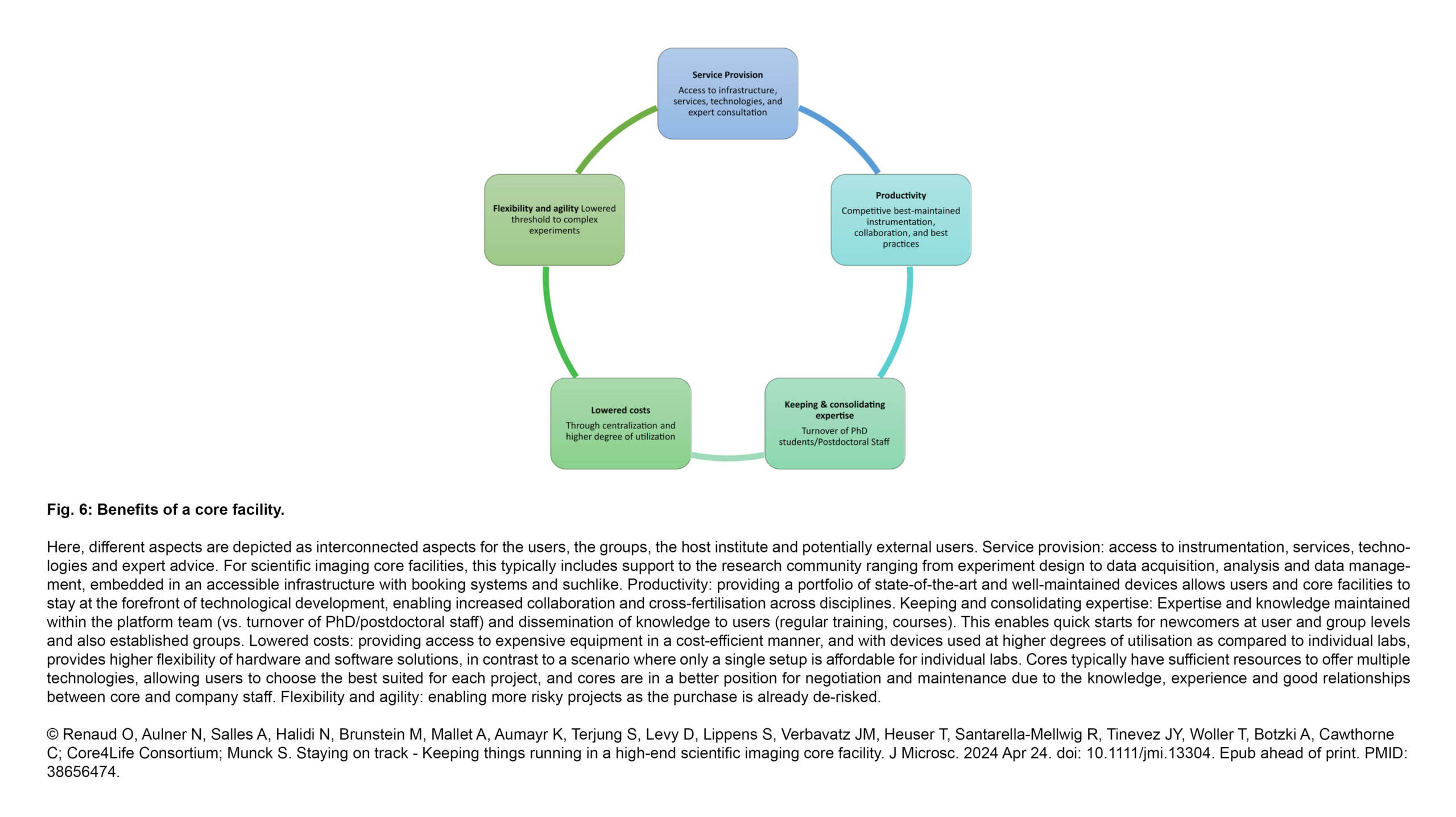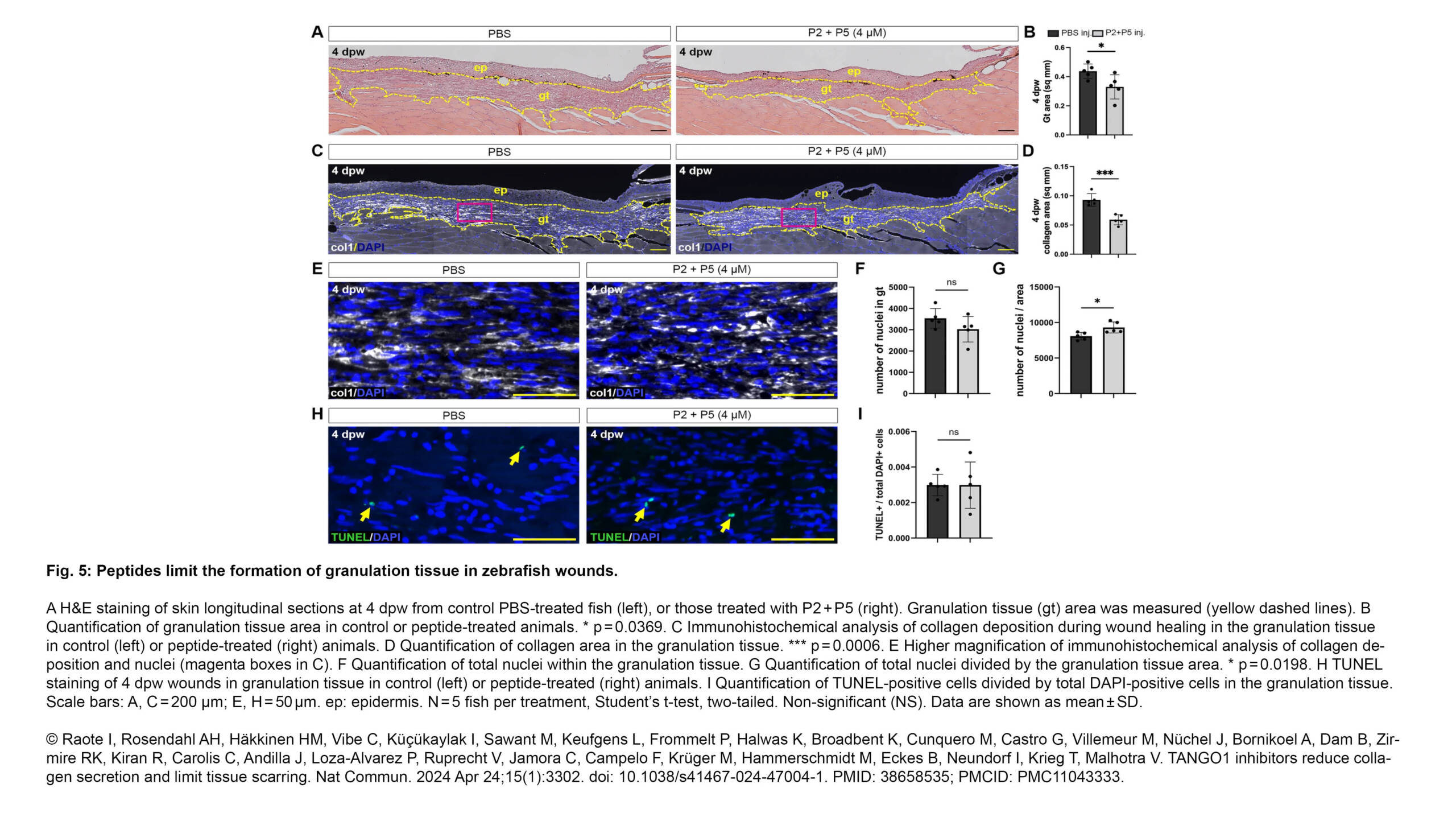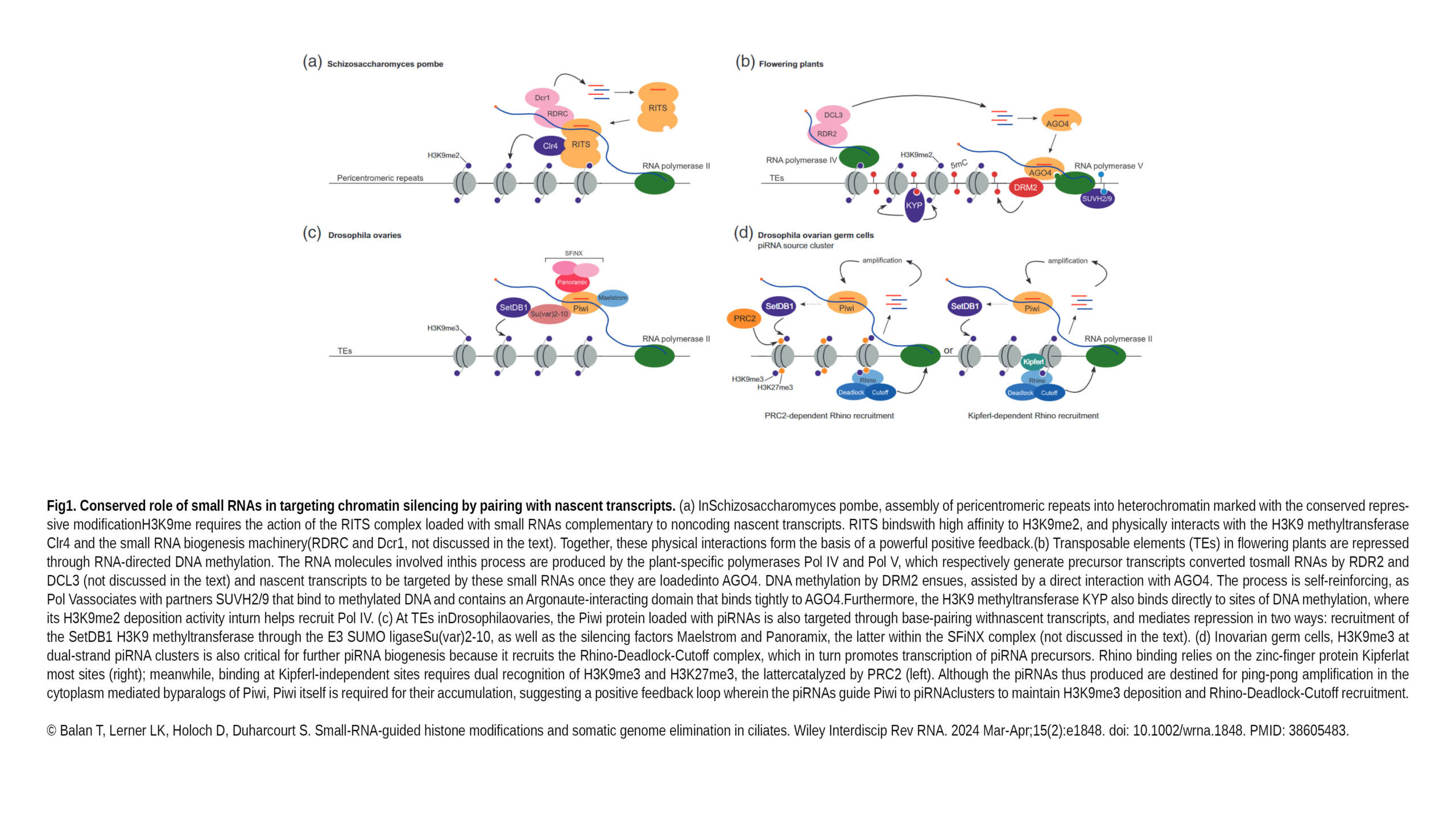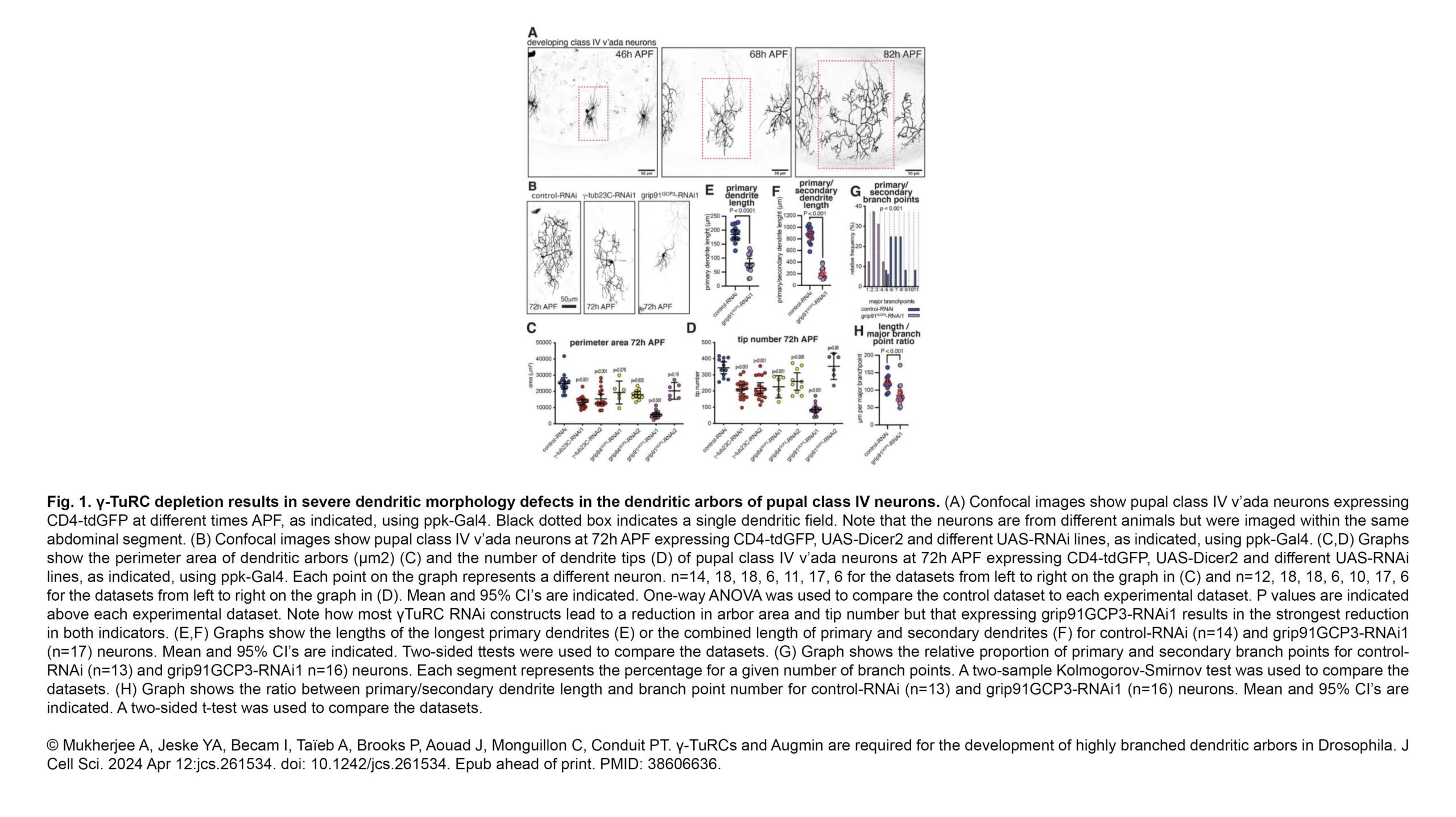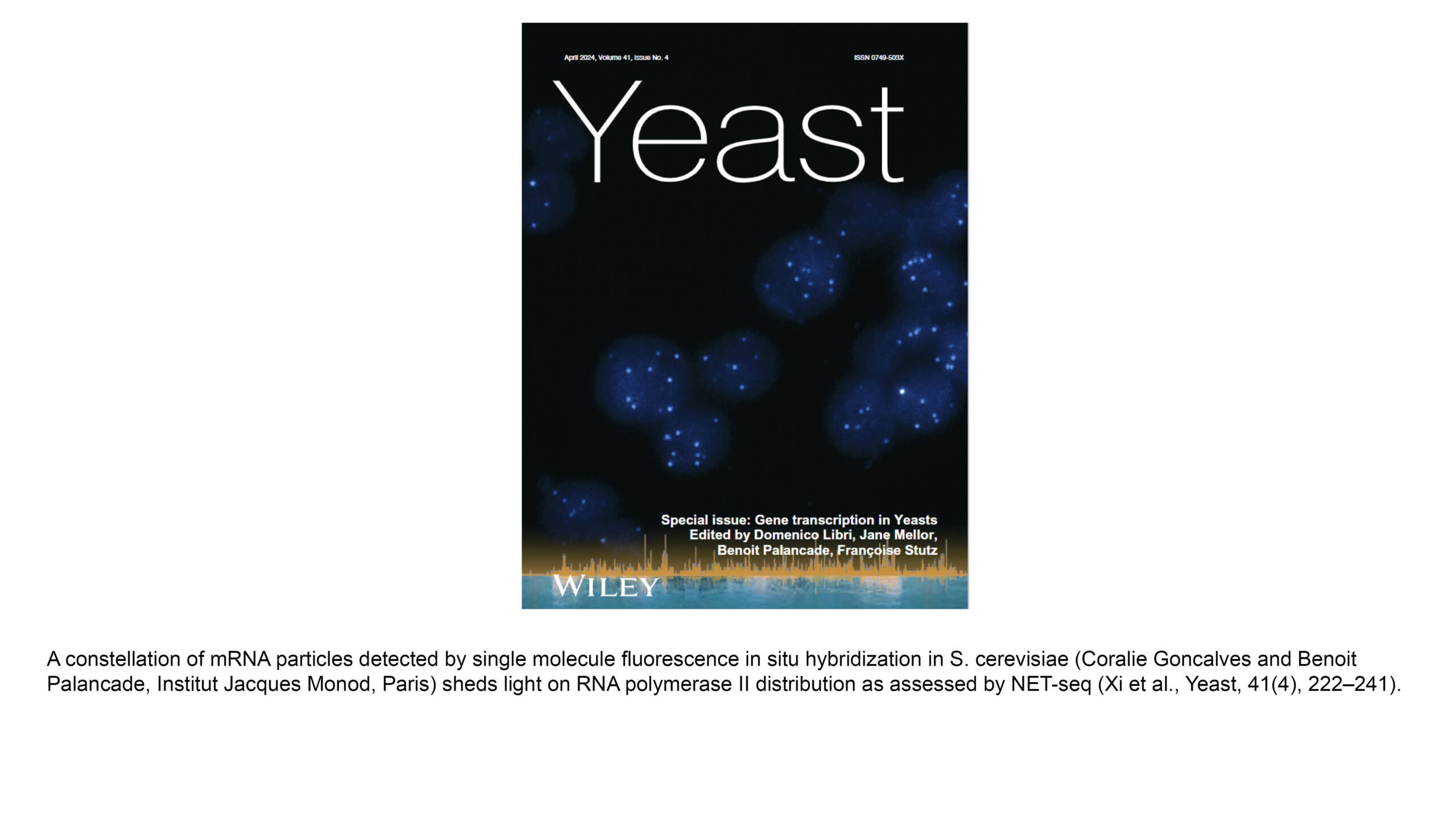Researchers at the Institut Jacques Monod have published a collaborative study ( preprint) on the conditions of use of various GFP and RFP for the direct detection of fluorescence in gels:
Direct observation of fluorescent proteins in gels: a rapid, cost-efficient and quantitative alternative to immunoblotting
Abstract:
The discovery of Green Fluorescent Protein (GFP) and its derivatives…
